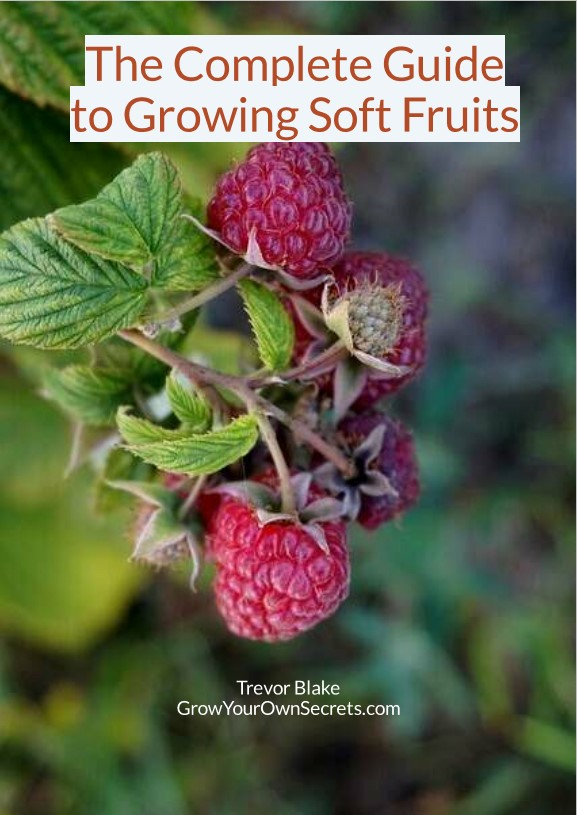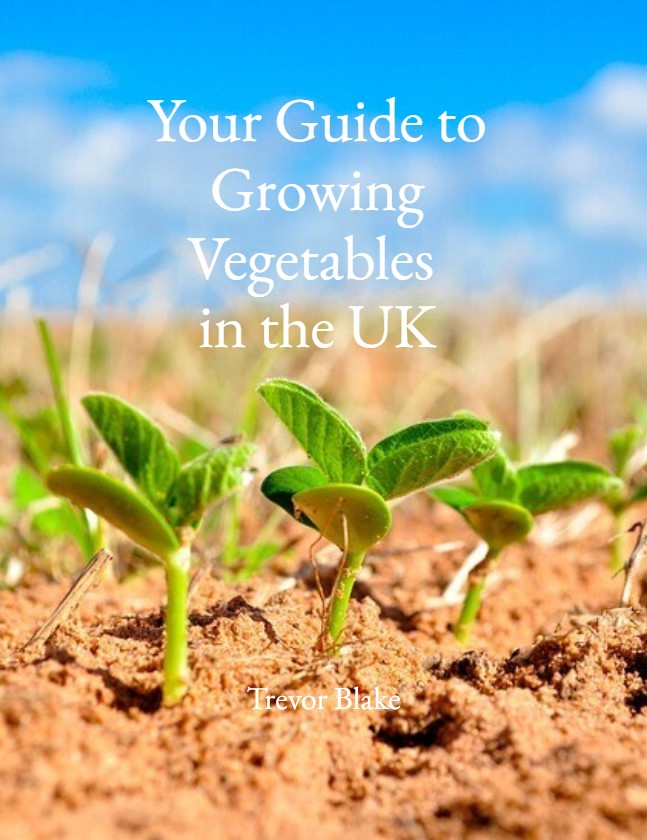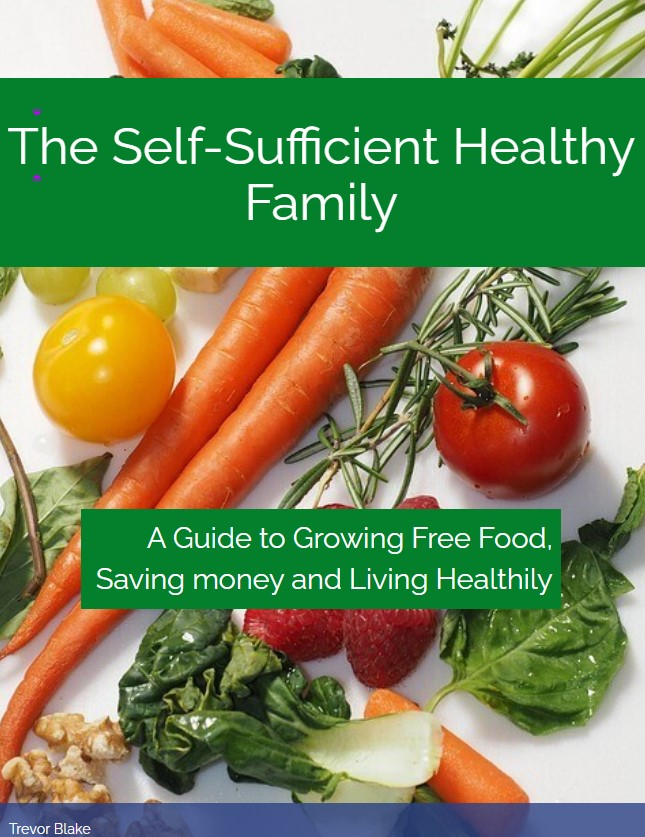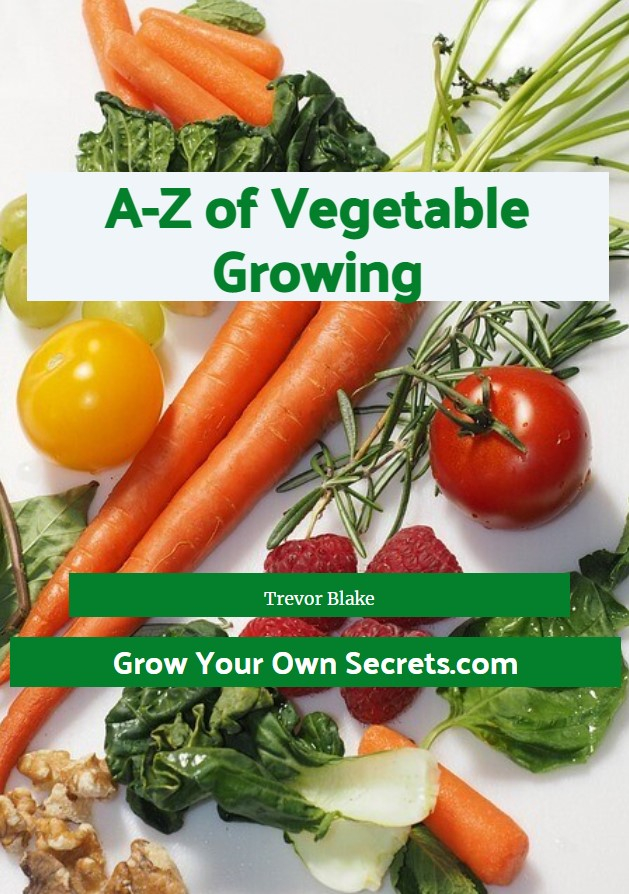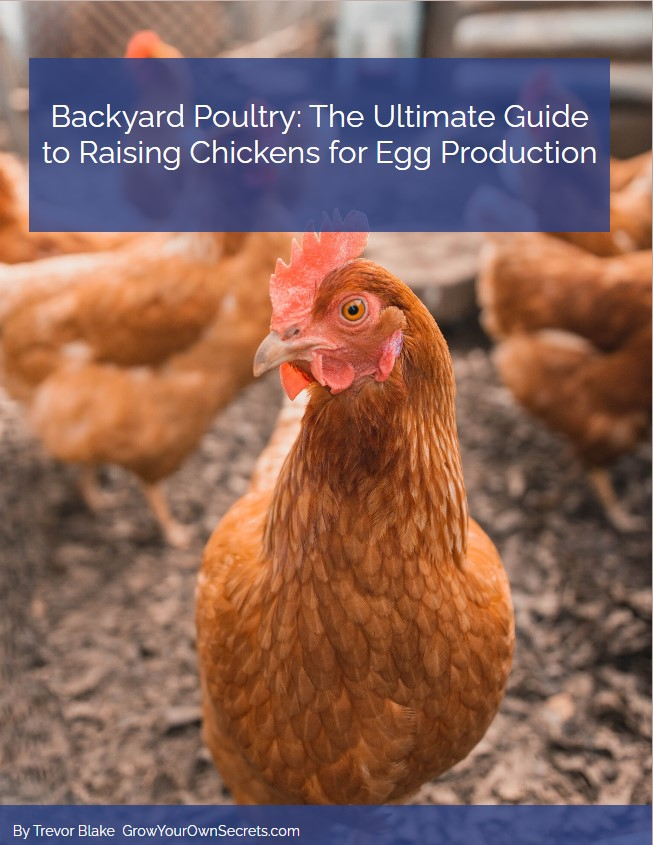The UK's Home of
Growing Your Own Produce
Join us on a journey of exploration as we share valuable insights, practical tips, shortcuts and inspiration to help you create your own thriving vegetable garden.
Unearth seasoned gardeners' best-kept secrets!
From Seed to Harvest, Your Guide to Home Growing Success!
At GYO, we are passionate about empowering families to embrace the joy of growing their own vegetables at home for consumption and profit. Delve into expert tips, practical tricks, shortcuts and in-depth guides to help you unlock the full potential of your garden.
Whether you're a beginner or an experienced gardener, we are here to support and inspire you on your journey to self-sustainability with delicious homegrown produce. Let's dig in together and cultivate a thriving veg plot that will be the envy of the neighbourhood.
Vegetables
Herbs
Seeds
Garden
Recipes
seeds
Save money by growing your own food. Make money by selling the surplus, along with other plants. Be healthier, knowing where your chemical-free food is coming from - your own veg plot.
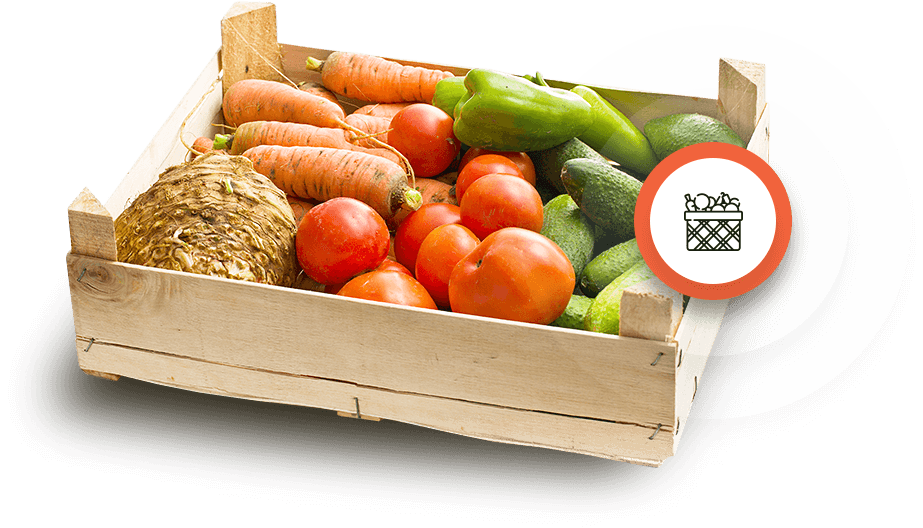
Grow Your Own Secrets Latest Blogs
Our newsletter
Subscribe to our newsletter & keep up with our
latest posts and organized workshops.
